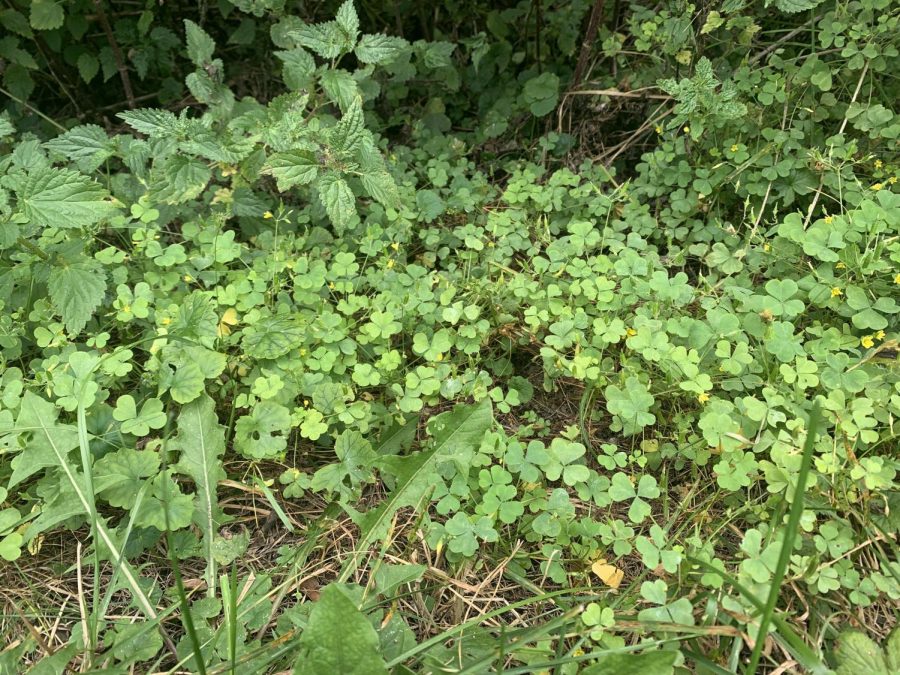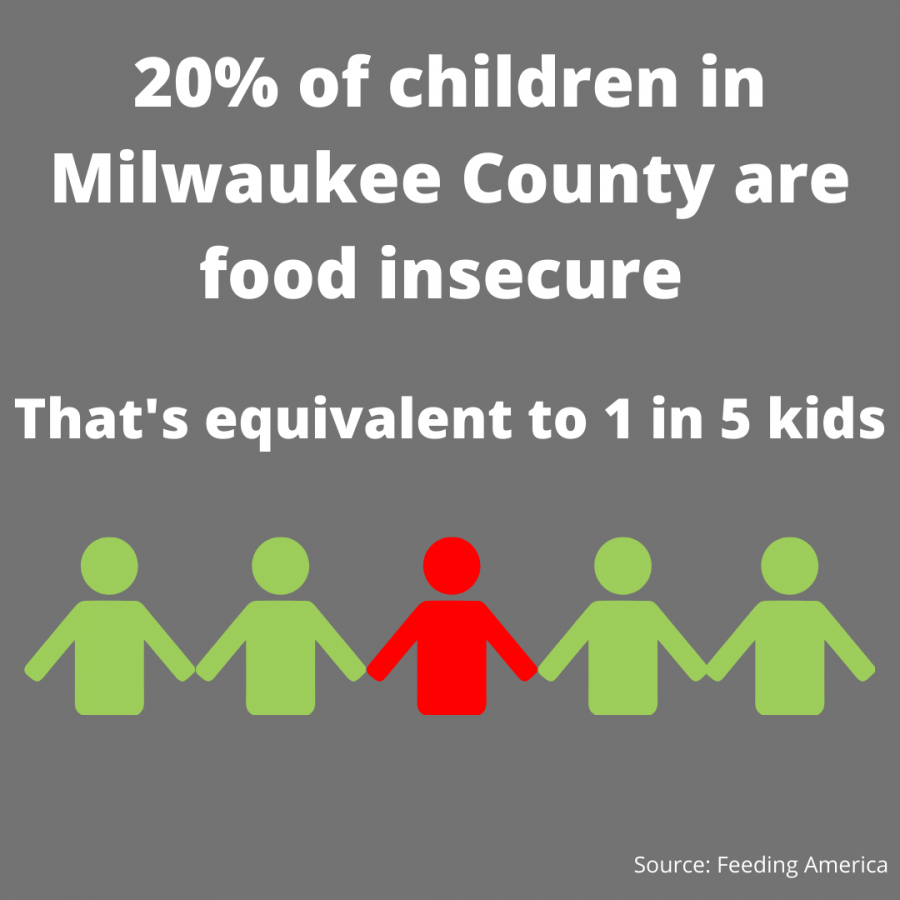Marquette’s campus sometimes feels like a barren wasteland. Except for a few shrubs and flowers here and there, it’s mostly covered in grass. Unfortunately, the Saint Joan of Arc Chapel garden, which previously housed a native plant garden, is currently under renovation. Additionally, Marquette is building a new business school in what was formerly a large green space following the demolition of McCormick Hall.
While this is only a temporary loss of a campus green space, it also means that we have lost the biggest source of biodiversity on campus. It may feel as though until the Saint Joan of Arc green space is restored, there is no way to experience nature on campus.
However, there is one overlooked genus of plants that are found in every state, and happen to be abundant on Marquette’s campus. They’re non-invasive and attract pollinators such as bees. These small but mighty plants belong to the Oxalis genus, which are commonly known as wood sorrel.
Oxalis plants are often confused with clover, as they have three heart-shaped leaves with creases in the middle. However, during the late summer and fall, they’re easy to identify due to their bright yellow flowers and okra-shaped seed pods.
It’s typically considered a weed to gardeners and landscapers, due to its large, difficult-to-pull roots and seed pods that can hold up to 5,000 seeds. For foragers such as myself, it’s an easy-to-find treat. The flavor is lemony and bright, making it the perfect addition to any dish in need of an acidic kick. I personally enjoy it as a snack on its own, since it tends to wilt quickly after its harvested.
Even in urban areas like Milwaukee, wood sorrel grows everywhere. Within my first few weeks on campus, I’ve found wood sorrel on virtually every green space. Additionally, I’ve found it in flower beds along the Milwaukee River and in urban forest preserves such as the Oak Leaf Trail.
However, with all urban foraging, there comes the issue of contaminants in the soil. Urban foragers need to be aware of the area they’re in and what dangers they may find there. Some places I would recommend staying away from are golf courses, railroad tracks, busy streets and industrial areas, as these sites often have pesticides or pollutants such as heavy metals in the soil.
Marquette’s campus is tricky because the university is not transparent with its pesticide use. A Marquette Stories article states that pesticides are not used in the Saint Joan of Arc Chapel area so pollinators may enjoy the garden, but the information available on the subject stops there. Marquette’s administration needs to give students more information about our green spaces, such as where or if pesticides are used and what contaminants are found in our soil.
Other universities have already provided students with pesticide information. The University of Wisconsin-Milwaukee has information on pesticide use near its biomedical labs, and has tried limiting pesticide use as early as 2014, according to the UWM Report.
Until Marquette is more transparent with their pesticide use, I will continue to forage around areas that are more overgrown and away from busy highways. The areas around the Lalumiere Language Hall and Haggerty Museum of Art have been good spots so far.
Some may say it’s not worth it to forage in urban areas due to these potential dangers. However, with most of the food we eat, there is the risk of contamination. Much of our produce absorbs heavy metals just as foragables may, and with meat, there is always a risk of consuming pathogens such as salmonella or e. coli.
However, there are ways we try to limit these risks such as avoiding raw meat, washing our produce or shopping from organic and local sources. Foraging is not just about going into the wild and chowing down on whatever one finds. Just like regular cooking and grocery shopping, foraged meals require specific selection and preparation to be done safely.
Additionally, foraging is not always about cooking. As much as I love to eat mushrooms and plants, sometimes finding an interesting specimen is enough to make the experience worth it.
For instance, this week I found a gorgeous red polypore mushroom growing on a tree near the Alumni Memorial Union. However, I’m unsure of what species it is, or if it’s even safe to forage off Wisconsin Avenue, so I’m leaving it there to grow and release spores. Even though it may be disappointing when foragables are unsafe to consume or difficult to identify, those moments are opportunities to appreciate nature as it is.
Foraging not only includes learning what to forage but how to forage safely, and sometimes that includes coming home empty-handed. However, knowing how to identify wood sorrel has made it so I seldom leave a foraging walk without a shamrock-shaped snack.
When I first found out about wood sorrel, I was amazed at how common and delicious it is. I then went down the rabbit hole of other urban foragables such as wild carrot and mugwort. Wood sorrel showed me that nature is not just in the forest preserves or national parks, but all around us. It may feel difficult to engage with nature in such an urban environment, but it can be done. All one needs is a field guide, an awareness of their environment and a curious mind.
Field Guide Recommendations from Professor of English & amateur forager Brittany Pladek:
Mushrooms and Other North American Fungi by Roger Phillips
Mushrooms of the Midwest by Michael Kuo and Andrew S. Methven
Mushrooms Demystified by David Arora
Wildflowers of Wisconsin and the Great Lakes Region by Merel R. Black and Emmet J. Judziewicz
This story was written by Jenna Koch. She can be reached at jenna.koch@marquette.edu








